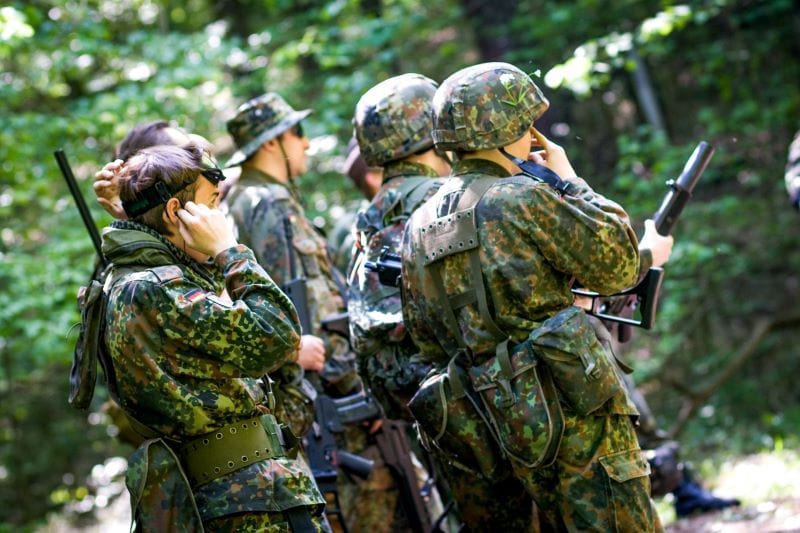
Why you need SAPI for your tests
Bulletproof vests can consist of ballistic plates, which can be either metal, polyethylene, or ceramic. These plates increase protection from ammunition. An upgraded bulletproof vest is a regular practice in the military. A basic body armor vest may not provide one hundred percent protection from rifle fires. Ballistic plates give more protection against sharp objects used as weapons.
There are two types of ballistic plates: SAPI AND ESAPI. SAPI stands for Small Arms Protective Inserts. The plate consists of ceramic material with an external coating that is durable. The SAPI comes in different sizes to fit all users. The biggest SAPI plate is approximately five and a half pounds, while the smallest plates are usually less than three pounds. SAPI is the official and most common protective gear used by the United States of America military. Soldiers wear the SAPI in front and behind their basic bulletproof vest, together with two additional plates on the sides. An extra-large bulletproof vest with the other inserts can weigh up to twenty-five pounds. To protect against higher-velocity rifle rounds, SAPI plates are needed for a bulletproof vest.
The commonly used SAPI bulletproof insert is Spartan Armor Systems Level IV Shooters Cut Rifle Ceramic Bullet proof vest. It is a combination of monolithic ceramic and polyethylene fibers. In addition to its provision of ultimate safety to its users, it also has the cheapest price in the market for a set of two. It has been well tested by an NIJ certified laboratory and can defeat between 2-3 M2AP rounds. It works best in a well sized plate carrier.
ESAPI, on the other hand, means Enhanced Small Arms Protective Inserts. It consists of boron carbide. The boron carbide allows the ESAPI to be more efficient and to have a lighter weight. Unlike the SAPI, an ESAPI is not available to civilians.
Follow along with our blog here.